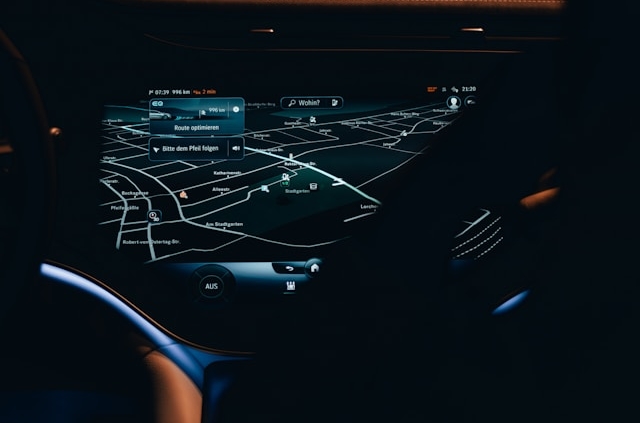Navigation Design: Directing the Digital Journey
Navigation is more than a menu at the top of a page—it’s the framework that guides users through a digital experience. Whether they’re browsing casually, searching for something specific, or completing a task, users depend on clear, intuitive navigation to find their way. If navigation is confusing or disorganized, frustration builds quickly—and users leave.
At its best, navigation fades into the background. It supports the journey without drawing too much attention to itself. Good navigation doesn’t force people to think about how to move—it lets them move freely, with confidence. The structure should feel familiar, yet tailored to the specific needs of the product and its audience.
Navigation and Menus
There are several forms of navigation—top-level menus, sidebars, dropdowns, breadcrumb trails, mega menus, hamburger icons, sticky headers, and mobile tab bars. The right solution depends on content volume, complexity, and platform. But across all formats, certain principles hold true: clarity, predictability, and simplicity win.
Labels should be concise and intuitive. Users shouldn’t have to decode jargon or guess what a category means. If a navigation item leads to a confusing or unexpected destination, trust erodes. Consistency is also critical. Navigation patterns should stay the same across the site or app to build familiarity and reduce the cognitive effort required to explore.
Hierarchy matters just as much as wording. Primary categories need to reflect what users are most likely to seek out. Supporting content belongs in subcategories or deeper links. Designers must balance business priorities with user behavior, ensuring that key content is never buried or hard to reach.
In large-scale sites or content-heavy platforms, mega menus and search-driven navigation may be required. These allow users to jump directly to what they need. In contrast, minimalist apps with focused user flows may benefit from reduced navigation, allowing the product’s core features to take center stage.
Responsive navigation design introduces another layer of complexity. What works on desktop may not translate to mobile. Collapsing menus, mobile-first hierarchy restructuring, and touch-friendly design are essential. Users should be able to navigate with the same ease on a phone as they would on a large monitor.
Testing navigation early—and often—is essential. Tree tests, click tests, and heatmaps help validate whether users understand the structure and can move through it efficiently. Small adjustments, like renaming a category or reordering links, can dramatically improve task completion rates.
In one ecommerce redesign, a product team streamlined the primary navigation by reducing the number of categories and combining redundant pages. They added clearer filters on product listing pages and reorganized submenus based on real customer search behavior. The result: improved session duration, reduced bounce rates, and a noticeable increase in conversions.
Accessibility is another core consideration. Navigation should be keyboard-navigable, compatible with screen readers, and compliant with contrast and focus state requirements. Skip-to-content links, ARIA labels, and semantic HTML all contribute to a more inclusive experience.
Today’s users expect control and orientation. They want to know where they are, how they got there, and where they can go next. This is where breadcrumb navigation, highlighted active states, and consistent back patterns help reinforce the sense of place.
Navigation is also a powerful branding opportunity. The language, placement, and behavior of a navigation system can reinforce how a brand communicates and prioritizes information. Is the tone formal or conversational? Are labels functional or expressive? These decisions impact how users perceive the product—not just how they use it.
Ultimately, navigation is about removing barriers. It’s about reducing friction, answering questions before they’re asked, and making exploration feel natural. It connects intent to action. Without thoughtful navigation, even the most compelling content or powerful features remain out of reach.
Designers and strategists alike should treat navigation as a strategic layer, not just a structural one. It’s where user experience, content strategy, and interface design intersect. And when done right, it doesn’t just help people find things—it helps them find their way.



Leave a Reply
Want to join the discussion?Feel free to contribute!